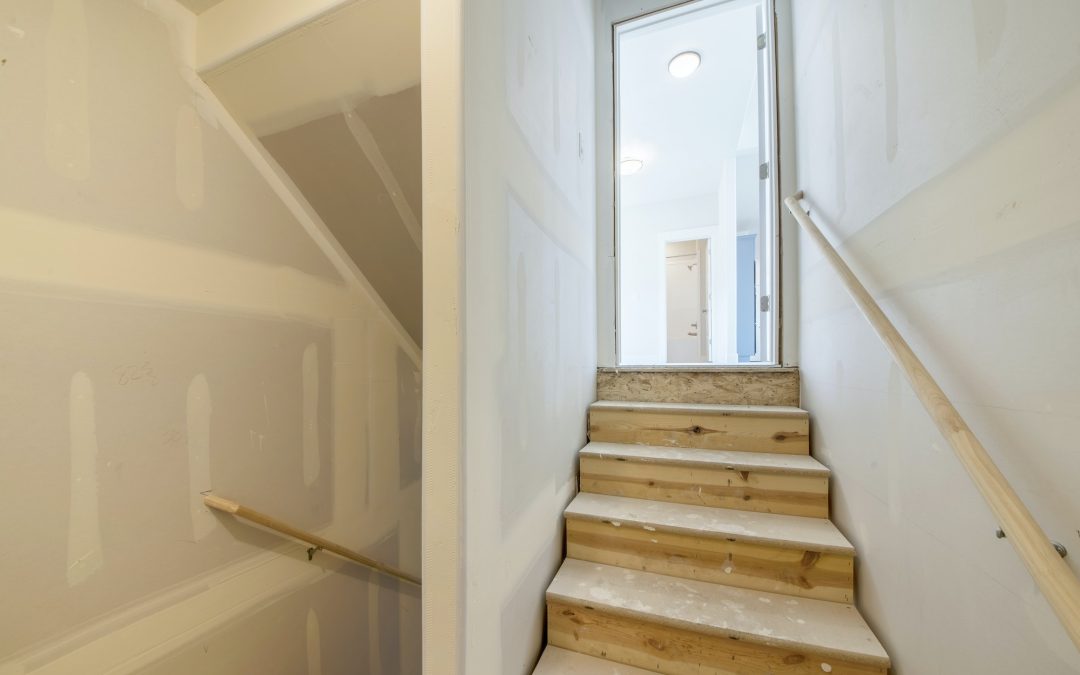Waterproofing your basement is an important step in protecting your home from the damaging effects of moisture. Whether you are dealing with a minor seepage problem or a major flooding issue, investing in a reliable waterproofing solution can save you time and money in the long run. In this guide, we’ll discuss the different types of basement waterproofing solutions for every home and why they are important.
Basement Waterproofing Basics
Basement waterproofing is a process that helps to prevent water from entering your basement by utilizing a variety of methods and materials to create a barrier. This barrier is designed to keep water out and maintain the integrity of the foundation of your home.
The most common type of basement waterproofing is an exterior waterproofing system. This involves digging around the foundation of your home, installing a waterproof membrane, and then backfilling with gravel or sand. This method is often used as a preventative measure against future water damage.
Interior systems are also available and involve applying sealant or paint to the walls and floors of your basement in order to reduce the amount of water that can enter your home. This method is often used when dealing with existing water damage or seepage issues.
Why Basement Waterproofing Is Important
Water damage can be one of the most costly repairs you will ever have to make on your home. Not only can it cause structural damage, but it can also lead to mold and mildew growth which can be hazardous to your health. Investing in a reliable basement waterproofing solution now can help protect your home against costly repairs down the line.
Basement waterproofing also helps protect valuables stored in your basement such as furniture, electronics, artwork, and other items that could potentially be ruined by water damage. It also helps maintain the structural integrity of your home by keeping water away from its foundation.
Types Of Basement Waterproofing Solutions For Every Home
- Exterior Drainage System:
An exterior drainage system involves digging around the perimeter of your home and installing a drainage pipe that directs water away from the foundation. This system also utilizes gutters and downspouts to help control runoff from rainwater as well as surface water.
- Sump Pump:
A sump pump is an electric device installed in a hole at the lowest point in your basement. It collects any water that enters through cracks and directs it away from your house through pipes. Sump pumps are an effective way to keep excess moisture out of your basement.
- Interior Sealants:
Interior sealants are applied directly to your walls and floors in order to prevent water from entering through cracks or joints. These sealants are available in both paint-on formulas as well as spray-on versions.
- Waterproof Membrane:
A waterproof membrane is a plastic sheet that is installed on the outside of your foundation wall. It acts as a barrier between incoming moisture and your home’s interior. This type of membrane comes in various thicknesses depending on how much protection you need.
Finding The Right Solution For Your Home
When it comes to finding the right basement waterproofing solution for your home, it’s important to consider both interior and exterior solutions as well as any associated costs involved. It’s also important to consult with a reputable contractor who has experience installing these systems so that you can be sure you’re getting the best protection possible for your investment.
For more information about basement waterproofing solutions for every home, visit PermaDry Waterproofing at https://www.permadrywaterproofing.com/#phone. They have experienced professionals who can help guide you through the process so that you get the right solution for your needs.

